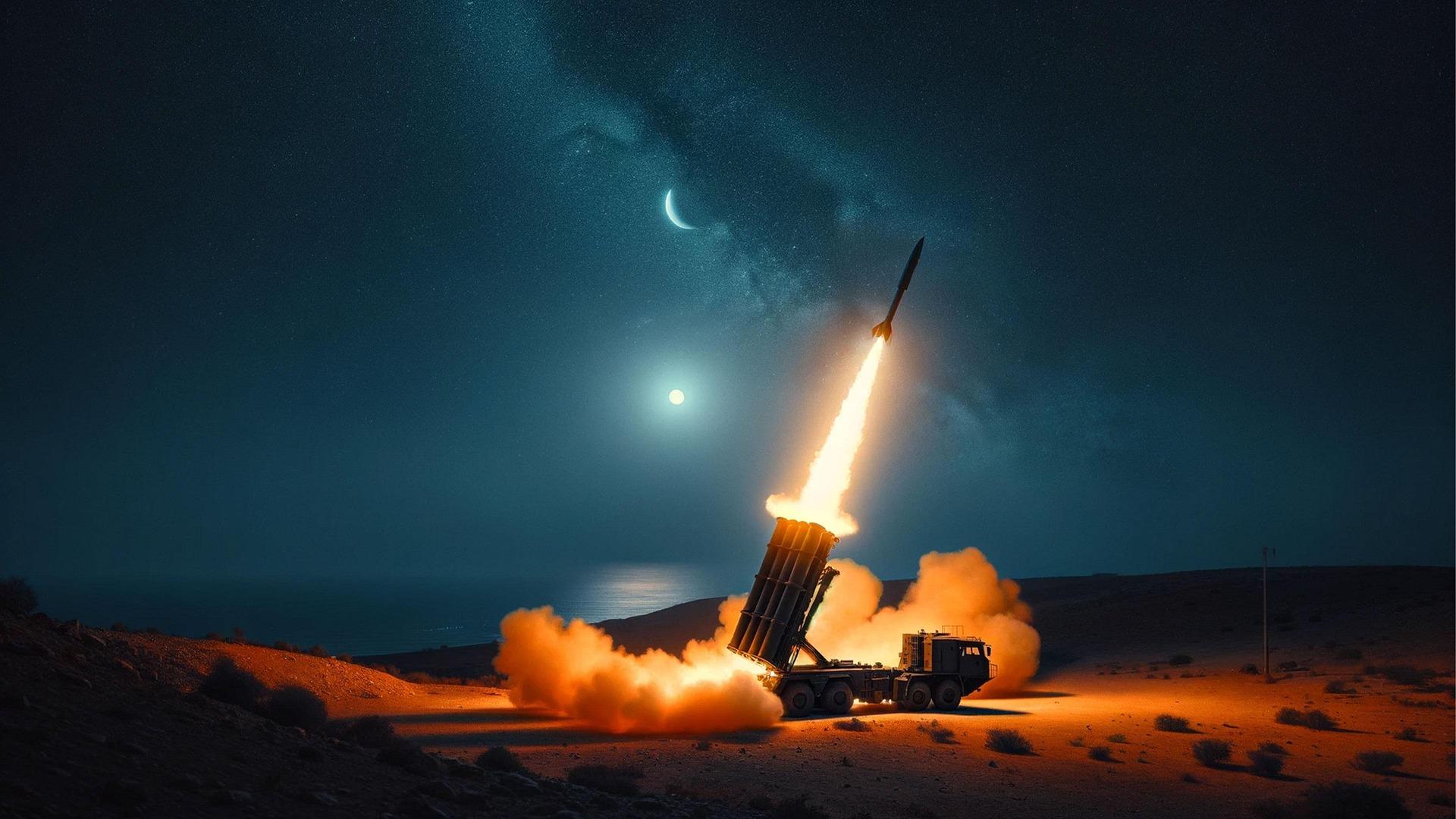
In a significant development that reflects the shifting dynamics of global geopolitics, China has faced a major setback, while India has scored a diplomatic and strategic victory. The matter revolves around the Russian-made S-400 Triumf air defense systems, which both countries purchased – but with vastly different results.
Back in 2014, China signed a $3 billion deal with Russia for the S-400 system, expecting to acquire one of the world’s most advanced air defense platforms capable of intercepting missiles, fighter jets, and even stealth aircraft. However, over a decade later, the Chinese People’s Liberation Army (PLA) has yet to effectively deploy or publicly showcase these systems, neither in warfare, training exercises, nor in the media.
Reports suggest that the version supplied to China was significantly restricted. It was an export version that came with a "kill switch" – a deliberate limitation that either disables the system remotely or restricts critical functionalities. Several defense analysts claim that essential components like tracking radars, fire control units, and long-range interceptors were either downgraded or entirely excluded from the Chinese version.
Comparing the two versions, India received the S-400 Index I, while China got the Index K. According to Russian defense experts, India’s version is more powerful, reliable, and open in its usage.
India signed its deal in 2018, agreeing to pay $5.5 billion despite pressure and warnings from the United States over potential sanctions. India firmly responded by asserting its sovereign right to pursue defense deals based on its own laws and strategic interests. Today, India has successfully deployed the S-400 system and has used it in missions like Operation Sindoor.
In contrast, China has not been able to even demonstrate the system’s capabilities, a clear sign of the limitations imposed by Russia. The reasoning behind this cautious approach by Moscow is rooted in China’s reputation for reverse engineering foreign military technology. The S-400 represents one of Russia’s most advanced defense technologies, and had it been fully delivered to China, there was a strong possibility that China would have quickly developed its own imitation, potentially compromising Russia’s defense superiority.
To counter this, Russia not only restricted the system but also embedded measures to block any unauthorized attempts by China to access or replicate sensitive functions. Several attempts by the Chinese military to bypass these restrictions reportedly failed. As a result, these systems are now deployed in locations where they serve little strategic purpose.
This move by Russia sends a clear message: India is considered a more trustworthy strategic partner. By granting India access to the full capabilities of the S-400 system, Russia has reaffirmed its long-standing defense ties with New Delhi. India has not only received but also operationalized the S-400 successfully, and the final units are expected to arrive soon.
For China, this is not just a technical failure, but a symbolic political and diplomatic blow. The $3 billion deal has yielded limited strategic value, highlighting a lack of trust from Russia. On the other hand, India’s persistent diplomacy and strategic foresight have once again proven effective.
Disclaimer:
The information presented in this article is based on publicly available reports and expert analysis. It is intended for informational purposes only and does not reflect any official confirmation from the governments of Russia, China, or India. Readers are advised to use their discretion and cross-check with verified sources.




